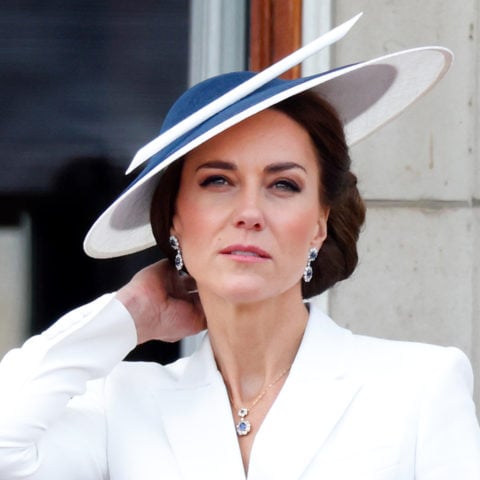Inside David Bowie is: Our interview with co-curator Victoria Broakes


See photos from the David Bowie is Exhibit »
The Art Gallery of Ontario is on a rock god roll as of late and its latest exhibit, a costume retrospective examining the transformative performance gear of David Bowie, is its crowing moment. Originating at the Victoria & Albert Museum in London earlier this year, David Bowie is (September 25-November 27, 2013) spans five decades of Bowie-isms, including 300 objects from the pop culture chameleon’s personal archive including stage costumes, hand written set lists, diary entries, sketches, photographs and video excerpts.
The exhibit attempts to take a deeper look at the importance Bowie places on his costumes as an expression of his various personas (one cannot separate Ziggy Stardust the character from Ziggy Stardust the album, for one) with various tableaux dedicated to those looks. It’s a sensory overload so lauded by international press and museum visitors alike that it’s sure to be a bang on success in Toronto as well. In anticipation of today’s opening, we interviewed co-curator Victoria Broackes on all things Bowie is.
What was it like to work on this exhibit?
“We were introduced to Bowie’s manager and [the] incredibly exciting thing about Bowie and his archives is that he kept everything—not just the things that you might have expected him to keep like the costumes and photographs by famous photographers, but also all the process materials like sketches and designs going right back to when he was a teenager. We were really interested by [his] process. It was really fantastical.”
David Bowie has been the inspiration for so many creative people. How have you noticed that in the exhibit’s reception?
“He’s quite extraordinary. I can’t think of another person who has reached for that. We’re seeing it with the number of creative directors, designers and musicians coming to the exhibition. [Some] people who were already proclaimed followers of Bowie actually show in the final section [of the exhibit] called ‘David Bowie is around you.’ We get people coming here who are obviously fans of the V&A who are introduced to David Bowie and we also get all the fans of David Bowie who are introduced to the V&A. The thing about Bowie is that there is no kind of leaps for either of those groups to think what the hell that is doing here. It kind of works for all those groups.”
How much of Bowie’s legacy is music version image and style?
“I don’t think you can really separate those things out for Bowie. I think they are [both] really genuinely part of who he is. He always says he thinks music is on a continuum with the visual, and you can see that in the exhibition going right back to the beginning. As a teenager he was already aware of the importance of strong visual identity and was doing a makeover for each band. And when you think he was at an age when a boy may have just been happy to get a gig, he was already thinking beyond that. It is part and parcel of who he is and the chameleon nature is more about simply moving on in the spiritual sort of artistic risk and pushing oneself. He simply works that all for a winning formula.”
Bowie’s career is a microcosmic version of the trajectory of pop culture. Visuals and music are inextricably linked. In way he was a prophet.
“If you were there at all at the time, you can remember it. Bowie had made a half hour video promo for “Love you till Tuesday” in 1969, 6 months before he even had a hit. Once the video age dawned, he had an awful lot of material already under his belt. It was a perfect moment for him.”
“I think he was a prophet. He absolutely was a prophet. He predicted the importance of digital downloads and the internet way before other people saw it. He seems to be ahead of the pact and have prescience about the next big thing. Or even create what the next big thing is. He seems to be where it’s at.”
He was into Japanese fashion way before it hit the industry.
“He was at the first Japanese fashion show in London. He was twenty four year old man. He was there and thinking about Kansai [Yamamoto]’s costumes in the same year we acquired the costume for the V&A. We like to think our fashion team would be onto whatever is interesting and new, and Bowie was there as well which is impressive. We show that costume in the exhibition.”
Is there one part of the exhibit or one costume that people tend to respond to the most?
“I think one of the most exciting ones is the Starman costume that he wore to sing “Starman” on Top of The Pops in 1972. We could have done an exhibition from stories we heard from people who saw that performance. It changed their lives. We show that costume on its own mirrored room so you and your family see he’s pointing at you when he says ‘I had to phone someone so I picked on you.’ That was the call to the youth of the time and I think it sums up a number of things being about what Bowie does and how he projects that idea of freedom of expression to his fans.”
It’s very exciting to create an exhibition that is so cool and fabulous and brilliant and [placing] cutting edge technologies alongside objects that still make people gasp.”
David Bowie is runs at the Art Gallery of Ontario September 25 through November 27, 2013. For tickets and information, visit ago.net.











